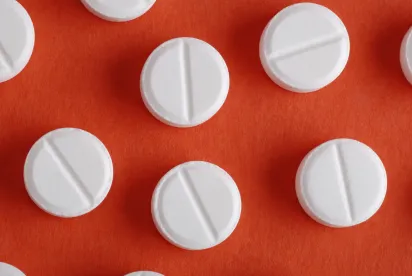The Biden Administration has taken (at least temporarily) the teeth out of a Trump-era Executive Order that directed the government to “Buy American” for essential drugs and medical devices. President Trump’s August 2020 Executive Order on Ensuring Essential Medicines, Medical Countermeasures, and Critical Inputs Are Made in the United States (Executive Order 13944) aimed to reduce dependence on foreign drugs and devices critical to the U.S. public health sector, in part by requiring that the U.S. Trade Representative remove those essential items from the coverage of any international free trade agreement. On April 20, 2021, the Biden Administration withdrew just such a proposal to remove essential drugs and medical devices from coverage under the World Trade Organization Government Procurement Agreement (“WTO GPA”). With the proposal withdrawn, the U.S. government remains free to buy U.S.-made or foreign-made drugs and medical devices, as permitted under the Trade Agreements Act.
As we previously explained here and here, the Trump Executive Order required various federal agencies to facilitate the domestic production of medicines and medical devices that the U.S. Food and Drug Administration (“FDA”) deemed “essential” to the public health. These “essential” medicines and devices were included on “The List” (discussed here). The principal command of the Executive Order required government agencies to buy drugs and medical supplies on The List that are “produced in the United States,” generally prohibiting purchases of essential products made outside the United States. What made this new requirement exceptional was that to be “produced in the United States,” the items’ critical inputs – like active pharmaceutical ingredients – also needed to be domestically manufactured. Conversely, current Buy American requirements require only that: (a) the end product be manufactured in the U.S.; and (b) the majority of the content (e.g., components or materials) come from domestic sources.
The Executive Order also required the U.S. Trade Representative to remove items on The List from any international trade agreement. This is a key element of the Order because, under the United States’ current free trade agreements, covered drugs produced in a trade partner country are treated the same as domestic products under the Trade Agreements Act. If items on The List remain subject to the free trade agreements, then the Trump directive to “Buy American,” largely will be rendered meaningless and inconsistent with other U.S. trade promises. That is, with the essential drugs and medical devices covered by the free trade agreements, contracting officers are free to purchase items on The List that are produced in any of the United States’ trade ally countries — more than 120 countries in all.
The U.S. Trade Representative, Robert Lighthizer, originally submitted the proposal to remove items on The List from coverage under the WTO GPA on November 27, 2020. Under WTO procedure, member countries had an opportunity to respond to the proposal. Apparently many members — including the European Union, Canada, Japan, South Korea, Australia, and Switzerland — objected or complained that the proposal did not include enough information on potential impacts of the change. The United States first responded by submitting additional data to the WTO. When that did not satisfy the objectors, the new U.S. Trade Representative, Katherine Tai, ultimately withdrew the proposal last week.
The official proposal and withdrawal notice are not yet public, and what the withdrawal means for the Executive Order as a whole is not yet clear. For now, the Executive Order remains in effect, albeit with the trade measures it requires yet to be realized. Given the Biden Administration’s own “Buy American” agenda and its apparent initial support for the Executive Order (as discussed here, President Biden has withdrawn some, but not all of President Trump’s “Buy American” Executive Orders), it is possible that the Biden Administration will retool the WTO GPA proposal and resubmit at some future date. But, if not, maintaining the status quo under the WTO GPA would seem practically to gut the Trump Executive Order of any meaningful impact. With government agencies free to purchase essential medicines and devices from any of the United States’ trade partners, there would be little incentive for pharmaceutical and device companies to on-shore their supply chains and manufacturing. Such a move is an expensive proposal – one companies are not likely to make without a guaranteed payoff.
There is still some incentive under the Executive Order to source critical inputs, like active pharmaceutical ingredients, domestically because the Executive Order directs agencies to purchase drugs and devices “produced in the United States.” Although it certainly is possible that the Executive Order may continue to affect lower value procurements (currently, the Trade Agreements Act typically displaces most “Buy American” priorities for contracts valued at $182,000 or more), for now it seems unlikely that the Executive Order will have much impact on government purchasing without further changes to the trade agreements themselves. We will have to wait to see President Biden’s long-term strategy on essential medicines and devices.




 />i
/>i
